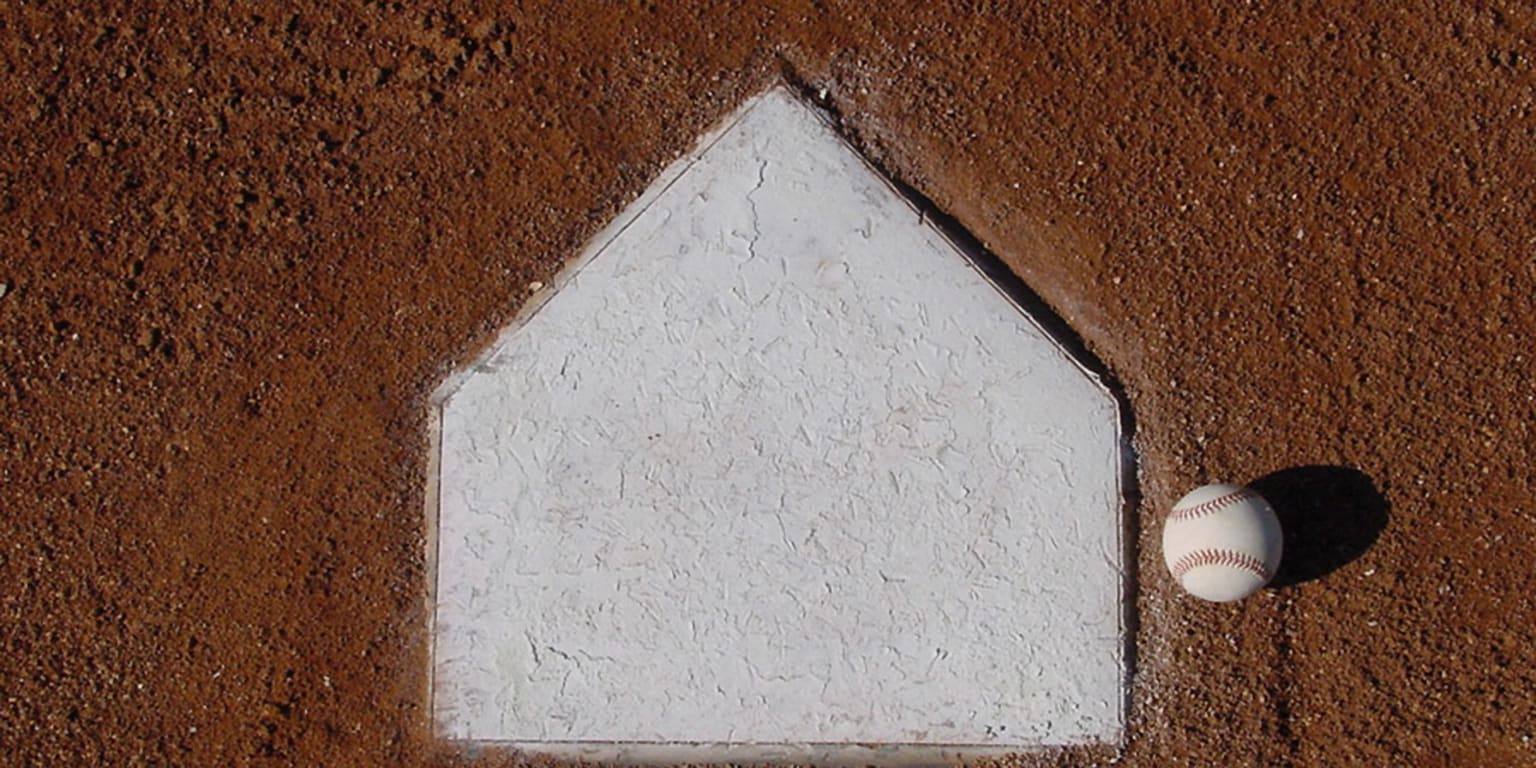Home Plate: The Heart of the Diamond
Home plate, a seemingly simple piece of rubber, stands as the epicenter of the baseball diamond, a point of both triumph and frustration for players and fans alike. Its 17-inch expanse, with its unique pentagonal shape, has witnessed countless moments of glory, heartbreak, and controversy throughout the history of the game.
This article will delve into the fascinating world of home plate, exploring its history, its significance in the rules of baseball, the challenges it presents to players and umpires, and its enduring place in the hearts of baseball enthusiasts.
A History of Home Plate

The evolution of home plate reflects the gradual standardization of baseball rules. Early versions of the game featured rudimentary bases, often simply marked by stones or sticks. Home base, in particular, varied greatly in shape and size.
From Stone to Rubber
In the 19th century, as baseball gained popularity, the need for a more standardized and durable base became apparent. Early attempts included iron plates and wooden slabs, but these proved to be both hazardous and impractical.
The advent of rubber as a viable material revolutionized home plate design. In 1883, the National League adopted a 17-inch square rubber base as the official home plate. This design, while an improvement, still presented challenges, particularly with regards to defining the strike zone and determining safe and out calls.
The Birth of the Pentagon
In 1900, the current pentagonal shape of home plate was introduced. This design, with its angled edges and clearly defined points, provided a more precise and consistent point of reference for umpires and players. The pentagon, with its five sides and five points, has become an iconic symbol of baseball, instantly recognizable to fans worldwide.

The Rules of Engagement: Home Plate and the Strike Zone
Home plate plays a crucial role in defining the strike zone, the area over which a pitcher must throw the ball for it to be considered a strike. The strike zone is a rectangular space between the batter’s shoulders and hips, extending from the front to the back edge of home plate.
Umpires must make split-second judgments to determine whether a pitch crosses within this zone. The precise location of the ball relative to the edges and corners of home plate is paramount in these decisions.
Safe or Out?
Home plate is also the focal point of many of the most dramatic moments in baseball. A runner must touch home plate to score a run, while a fielder must tag a runner on home plate to record an out.
These plays often involve close calls and contentious decisions. Umpires must carefully observe the runner’s contact with the plate, while fielders must make split-second decisions to apply the tag.
The Challenges of Home Plate
Home plate presents unique challenges for both players and umpires.
For Players
Batting: Batters must navigate the strike zone, making adjustments for the pitcher’s delivery and the umpire’s strike calls. They must also avoid being hit by pitches, which can be particularly dangerous near home plate.
For Umpires
Strike Zone Judgment: Umpires must make quick and accurate calls on pitches, considering the batter’s stance, the pitcher’s delivery, and the ball’s trajectory relative to the strike zone.
Home Plate in Popular Culture
Home plate has transcended the realm of sport, becoming a powerful symbol in popular culture.
Metaphorical Significance: The phrase “touching home” has become a metaphor for achieving a personal or professional goal, signifying the culmination of effort and the attainment of success.
The Future of Home Plate
While the basic design and function of home plate have remained largely unchanged for over a century, there have been occasional discussions about potential modifications.
Some have suggested widening the plate to increase offense, while others have proposed alternative materials or designs to improve player safety.
However, any significant changes to home plate would likely require careful consideration and debate within the baseball community.
Conclusion
Home plate, though seemingly simple, is a complex and multifaceted element of the game of baseball. Its history, its role in the rules of the game, and the challenges it presents to players and umpires all contribute to its enduring fascination.
As baseball continues to evolve, home plate will undoubtedly remain a central point of focus, a symbol of both the game’s enduring traditions and its ongoing evolution.



